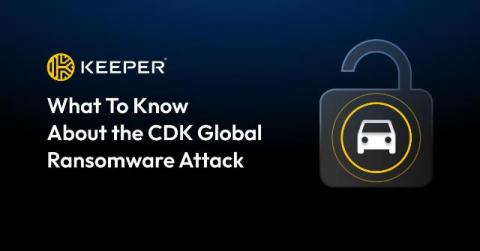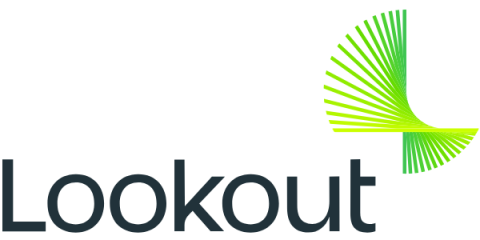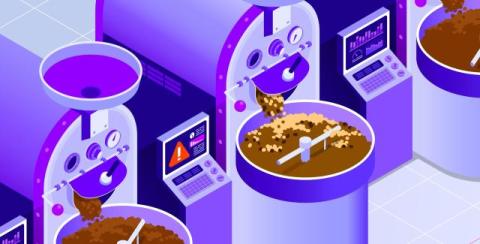Continuous Threat Exposure Management (CTEM): A new era in proactive cyber defense
Do we need a new cybersecurity framework? According to Gartner, the answer is yes. Since 2022, they have championed CTEM, a five-stage approach designed to shrink attack surfaces and minimize cyber threat exposure through continuous risk assessment and mitigation. At its core, CTEM advocates for regularly testing your defenses to find vulnerabilities in your system and fortify your organization’s security with risk mitigation strategies.











